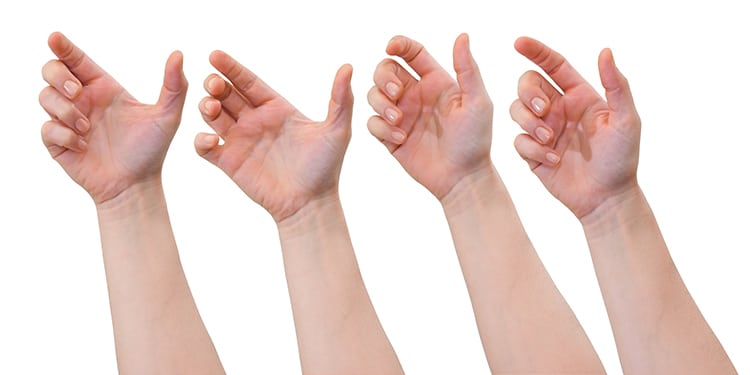It may seem that humans are a stable speciesfully decided in our anatomy with little variation over the generations.
However, this is not exactly true.
Humans are still evolving.

Photo: VIEWGENE/DepositPhotos
The team focused on the forearm, which typically contains the radial and ulnar arteries.
They examined 80 forearms of cadavers donated to science by Australians of European descent.
Aged 51 to 101, the individuals were all born in the 20th century.

A sketch showing the median artery (center). (Photo:Professor Maciej Henneberg)
The median artery has long been known to anatomy experts.
It forms in utero to supply blood to the hands of a developing fetus.
In most people the artery is replacedstill in uteroby the development of the radial and ulnar arteries.
However, some people retain the median artery through development and into their adult life.
It can continue to function, providing the benefit of extra blood to the hand.
It runs along the median nerve and can alsoincrease the riskof carpal tunnel syndrome.
The median artery has been documented in autopsies since the 18th century.
This may indicate that this element of human evolution is an accelerating change in general anatomy.
If this trend continues, a majority of people will have median artery of the forearm by 2100.
What is certainly clear is that we humans remain an evolutionary work in progress.
A sketch showing the median artery (center).
(Photo:Professor Maciej Henneberg)